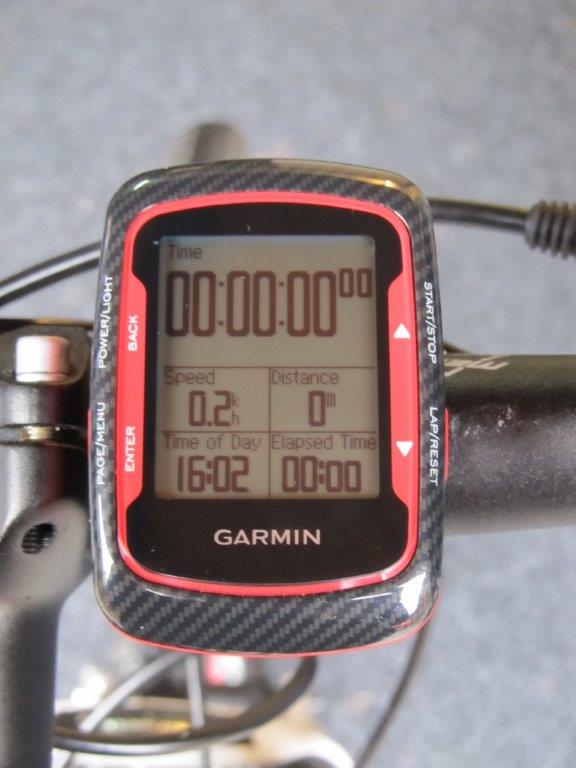 Commuting trips by bicycle are generally short: the average one way commuter trip by bicycle in New Zealand is 4.1km long and takes 18.2 minutes. Delay at intersections increases travel time and can be frustrating, particularly in a road network where the primary intersection control is traffic signals.
Commuting trips by bicycle are generally short: the average one way commuter trip by bicycle in New Zealand is 4.1km long and takes 18.2 minutes. Delay at intersections increases travel time and can be frustrating, particularly in a road network where the primary intersection control is traffic signals.
This study set out to quantify the amount of delay experienced at traffic signals by a cyclist during peak hour traffic. A secondary objective was to determine the most suitable means of collecting the necessary cycle trip data.
The study was undertaken by Jon Ashford as a research report submitted in partial fulfilment of the requirements for the Degree of Master of Engineering in Transportation.

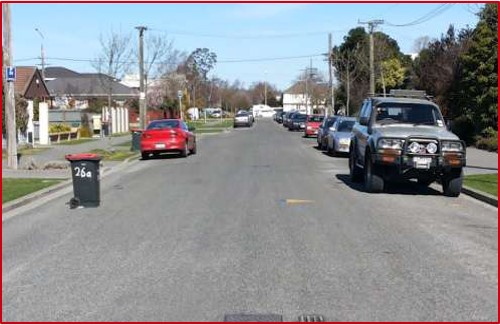
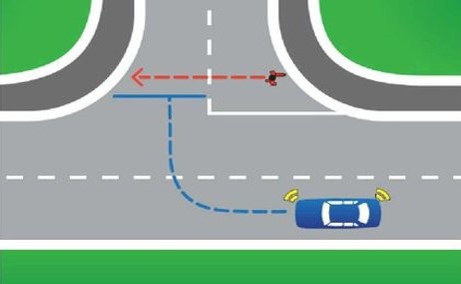
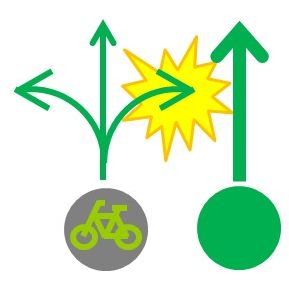 More and more Separated Bicycle Facilities (SBFs) are proposed in New Zealand, but their integration into signalised intersections is not well supported by the existing legislation. From work undertaken by ViaStrada for various clients (NZTA offices in Auckland and Dunedin, and Christchurch City Council), it is clear that multiple changes to the Road User Rule (RUR) and Traffic Control Devices (TCD) Rules are required to address the issues. Axel Wilke gave a presentation to the 2014 Signals New Zealand User Group (SNUG) workshop in Christchurch. The presentation can be
More and more Separated Bicycle Facilities (SBFs) are proposed in New Zealand, but their integration into signalised intersections is not well supported by the existing legislation. From work undertaken by ViaStrada for various clients (NZTA offices in Auckland and Dunedin, and Christchurch City Council), it is clear that multiple changes to the Road User Rule (RUR) and Traffic Control Devices (TCD) Rules are required to address the issues. Axel Wilke gave a presentation to the 2014 Signals New Zealand User Group (SNUG) workshop in Christchurch. The presentation can be 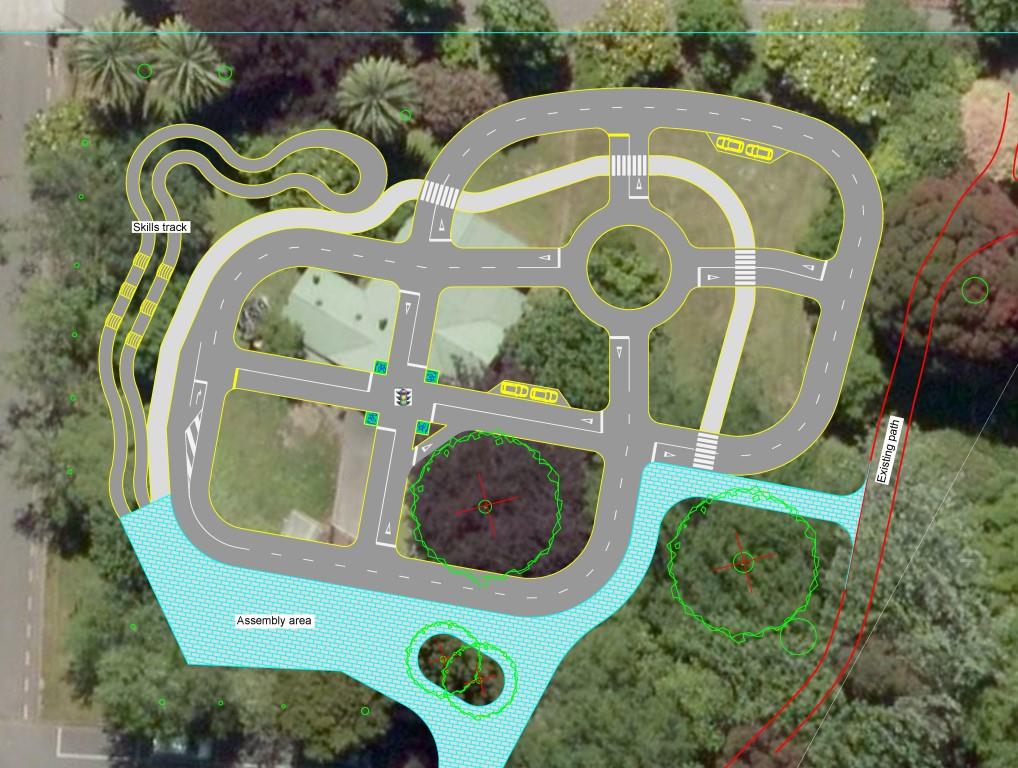 Palmerston North City Council (PNCC) is working towards supporting its community road safety educator’s with a Junior Road Safety Track in Palmerston North where young children can learn the skills required to be both a safe cyclist and pedestrian.
Palmerston North City Council (PNCC) is working towards supporting its community road safety educator’s with a Junior Road Safety Track in Palmerston North where young children can learn the skills required to be both a safe cyclist and pedestrian.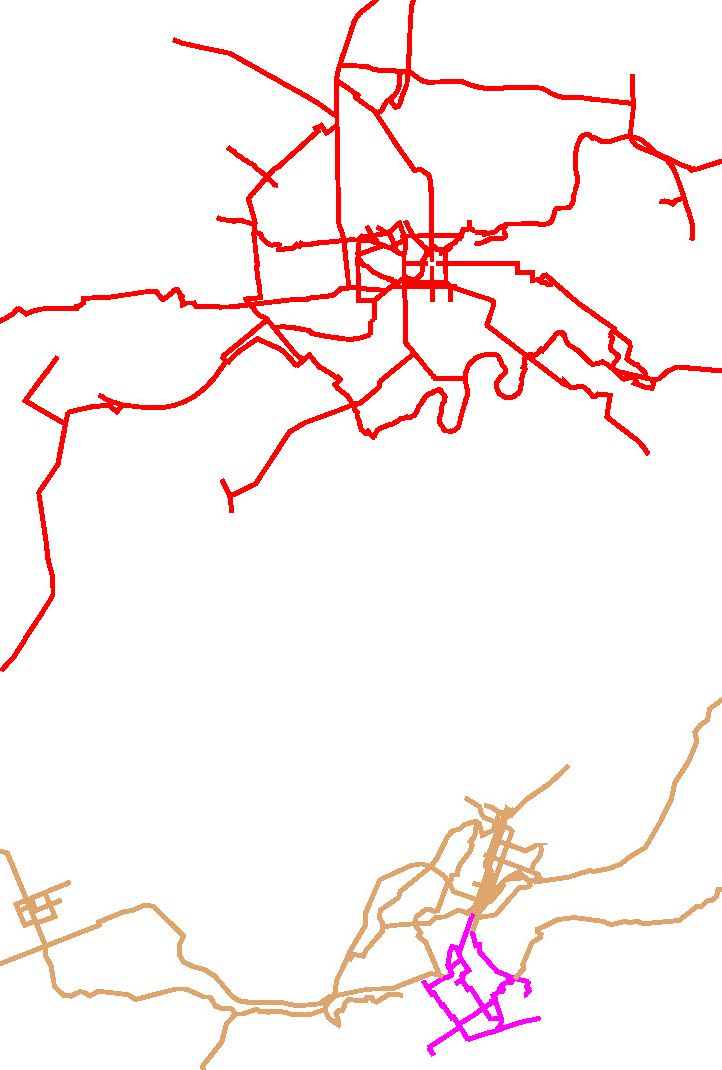
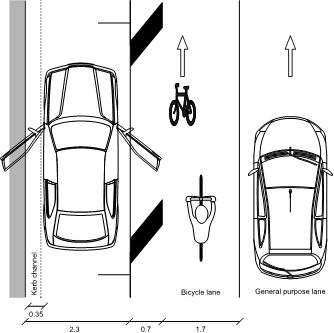 A cycle lane marking trial on Dunedin’s Cumberland Street (State Highway 1) was undertaken. Non-standard road markings for cycle lanes were tested for their effectiveness. The purpose of this trial was to establish to what extent changed road markings can influence the relative positioning of parked vehicles and cyclists in an adjacent cycle lane. It was acknowledged that many cyclists may not be aware that their actual greatest mid-block risk stems from opening car doors, and they may consider themselves to be more at risk from moving traffic. As such, we measured whether changing the marking style can change behaviour without having to explicitly educate cyclists where best to cycle and motorists where to park. The desired effect was an increased separation between cyclists and parked vehicles.
A cycle lane marking trial on Dunedin’s Cumberland Street (State Highway 1) was undertaken. Non-standard road markings for cycle lanes were tested for their effectiveness. The purpose of this trial was to establish to what extent changed road markings can influence the relative positioning of parked vehicles and cyclists in an adjacent cycle lane. It was acknowledged that many cyclists may not be aware that their actual greatest mid-block risk stems from opening car doors, and they may consider themselves to be more at risk from moving traffic. As such, we measured whether changing the marking style can change behaviour without having to explicitly educate cyclists where best to cycle and motorists where to park. The desired effect was an increased separation between cyclists and parked vehicles.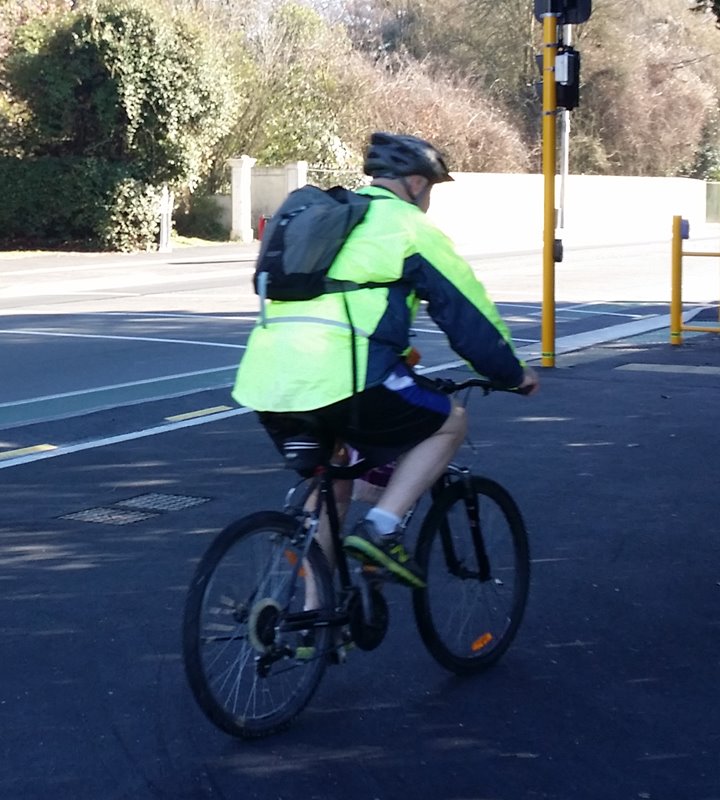 At the 2014 Velo-City cycling conference in Adelaide, Glen gave an invited presentation on the impacts of high-visibility clothing on cycling culture and safety. The presentation included analysis of the research for and against making hi-vis clothing mandatory when cycling, and also discussion about other socio-cultural aspects of such proposals.
At the 2014 Velo-City cycling conference in Adelaide, Glen gave an invited presentation on the impacts of high-visibility clothing on cycling culture and safety. The presentation included analysis of the research for and against making hi-vis clothing mandatory when cycling, and also discussion about other socio-cultural aspects of such proposals.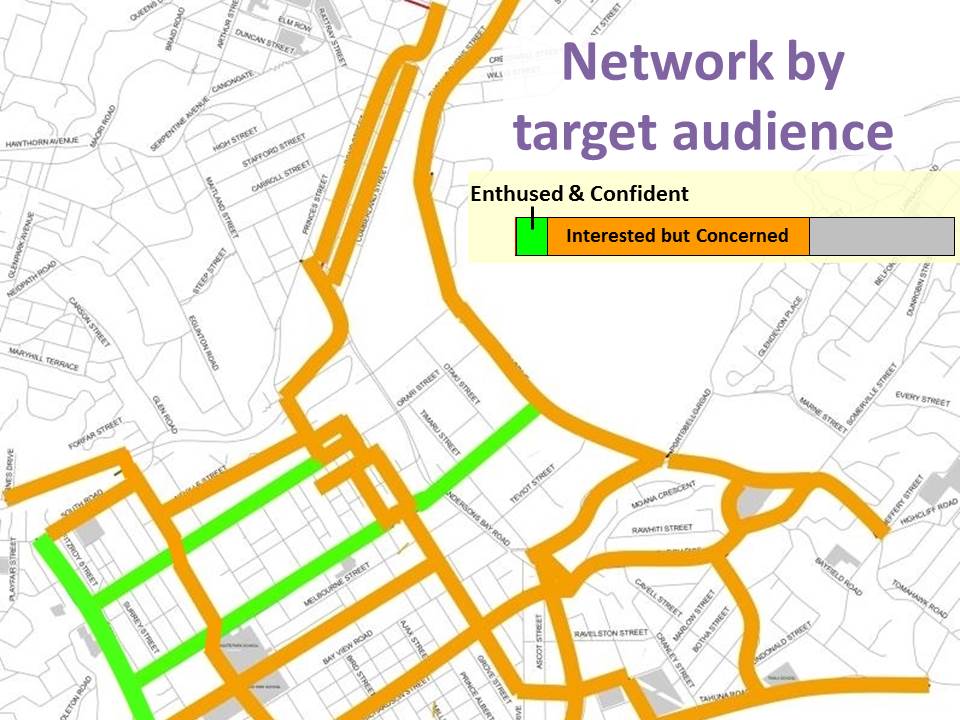 Dunedin has one of the lowest cycling to work mode shares of NZ cities, but this will change due to the provision of a comprehensive network mainly targeting the Interested but Concerned, i.e. those people who currently don't ride a bike because they don't want to mix with traffic.
Dunedin has one of the lowest cycling to work mode shares of NZ cities, but this will change due to the provision of a comprehensive network mainly targeting the Interested but Concerned, i.e. those people who currently don't ride a bike because they don't want to mix with traffic. 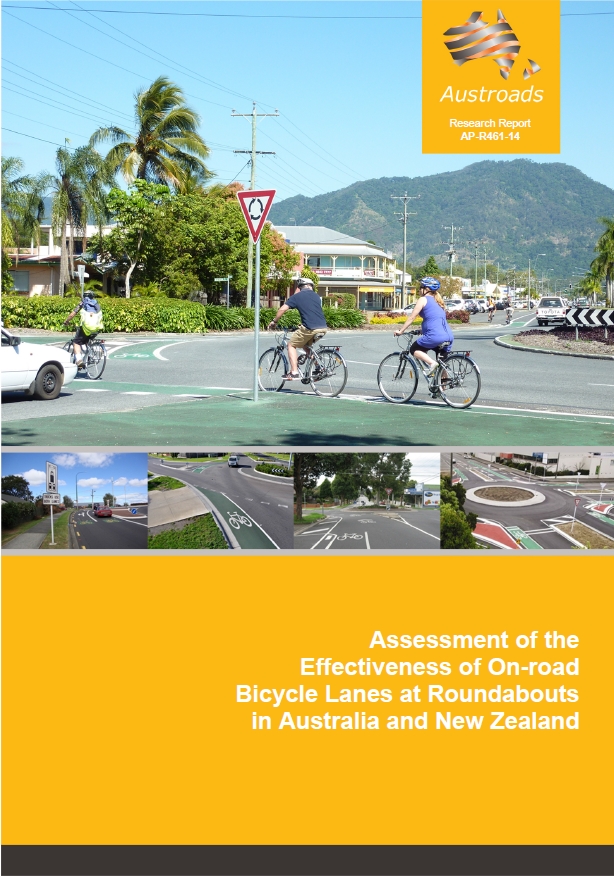 ViaStrada was commissioned by Austroads to undertake research into the effectiveness of on-road bicycle lanes at roundabouts in Australia and New Zealand. The resulting Austroads report documents the research undertaken.
ViaStrada was commissioned by Austroads to undertake research into the effectiveness of on-road bicycle lanes at roundabouts in Australia and New Zealand. The resulting Austroads report documents the research undertaken. Commuting trips by bicycle are generally short: the average one way commuter trip by bicycle in New Zealand is 4.1km long and takes 18.2 minutes. Delay at intersections increases travel time and can be frustrating, particularly in a road network where the primary intersection control is traffic signals.
Commuting trips by bicycle are generally short: the average one way commuter trip by bicycle in New Zealand is 4.1km long and takes 18.2 minutes. Delay at intersections increases travel time and can be frustrating, particularly in a road network where the primary intersection control is traffic signals.